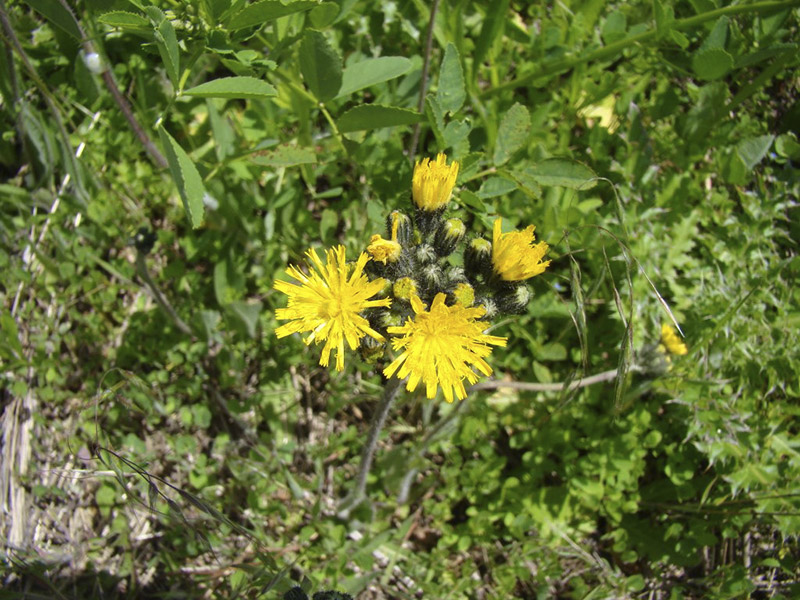
Jackson Project
Terrestrial Program
The PUD employs biologists to implement the following management plans for the Jackson Hydroelectric Project.
Terrestrial Resources Management Plan (TRMP)
The PUD’s TRMP describes actions to protect, mitigate, enhance, and monitor wildlife resources, biodiversity, and ecological functions, including:
- Forest vegetation management
- Lake, wetland, and riparian buffers
- Snag and gap creation
- Coarse woody debris creation
- Waterfowl nest boxes
PUD manages:
- 2,000+ acres of lakes (Spada Lake Reservoir and Lost Lake)
- 2,500+ acres of lands, includes 500+ acres of old-growth habitat
- Snag, gap, coarse woody debris, and selected thinning to accelerate development of old-growth forest characteristics
Noxious Weed Management Plan (NWMP)
While they look pretty, noxious weeds are invasive, spread rapidly, and outcompete native plants on which wildlife rely. The PUD’s NWMP describes actions to control and contain spread of selected noxious weeds in consultation with Snohomish County Noxious Weed Control Board, City of Everett, WA Depts of Natural Resources and Fish & Wildlife, US Fish & Wildlife, and US Forest Service.
Marbled Murrelet Habitat Protection Plan (MMHPP)
Marbled murrelets, a federally listed threatened species, fly from the old-growth forests near Spada Lake Reservoir where they nest to the ocean (50+miles each way) for food each day. The PUD’s MMHPP identifies measures to avoid and minimize operation activities that would impact murrelets and their habitat, including:
- Restricting noise disturbance during nesting seasons
- Protection of old-growth habitat characteristics









